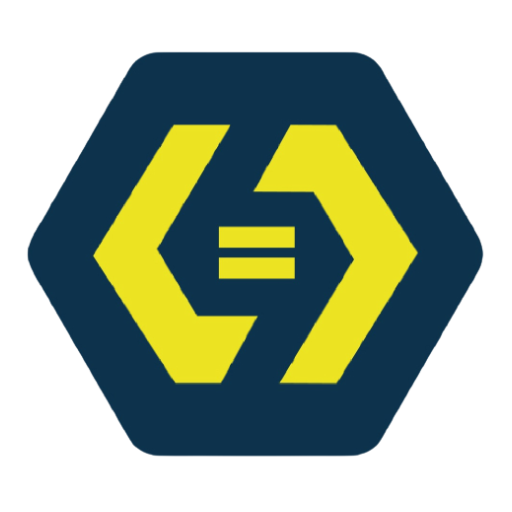MySQL, an open-source relational database management system (RDBMS), has become a cornerstone of web development. This powerful tool, which uses Structured Query Language (SQL), is essential for storing, organizing, and retrieving data efficiently. Let’s dive into the world of MySQL and explore its fundamental concepts.
What is MySQL?
MySQL is a popular choice for web applications due to its reliability, speed, and ease of use. It’s a crucial component of the LAMP (Linux, Apache, MySQL, PHP/Perl/Python) stack, widely used in web development.
Key features of MySQL:
- Open-source: Free to use and modify
- Scalability: Handles large datasets effortlessly
- Security: Robust access privilege system
- Cross-platform compatibility: Works on various operating systems
Understanding Relational Databases:
In MySQL, data is organized into tables with rows and columns. Each table represents an entity (e.g., users, products), and columns represent attributes of that entity. Relationships between tables are established using keys, primarily foreign keys and primary keys.
Example:
Consider an e-commerce database with two tables: ‘users’ and ‘orders’.
CREATE TABLE users (
user_id INT PRIMARY KEY,
username VARCHAR(50),
email VARCHAR(100)
);
CREATE TABLE orders (
order_id INT PRIMARY KEY,
user_id INT,
product_name VARCHAR(100),
order_date DATE,
FOREIGN KEY (user_id) REFERENCES users(user_id)
);In this example, the ‘user_id’ in the ‘orders’ table is a foreign key referencing the ‘user_id’ in the ‘users’ table, establishing a relationship between the two tables.
MySQL Data Types:
MySQL supports various data types, including:
- Numeric: INT, FLOAT, DECIMAL
- String: VARCHAR, TEXT, CHAR
- Date and Time: DATE, TIME, DATETIME
- Boolean: BOOL
Choosing the right data type is crucial for optimizing database performance and storage.
Conclusion:
MySQL’s power lies in its ability to handle complex data relationships efficiently. As you delve deeper into web development, mastering MySQL will become invaluable. In the next article, we’ll explore how to connect to a MySQL database using PHP.

